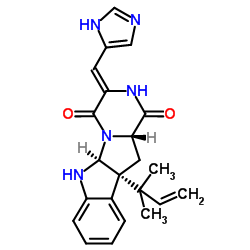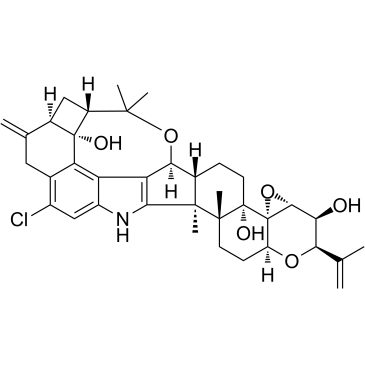| Structure | Name/CAS No. | Articles |
|---|---|---|
 |
isoroquefortine C
CAS:58735-64-1 |
|
 |
PENITREM A
CAS:12627-35-9 |